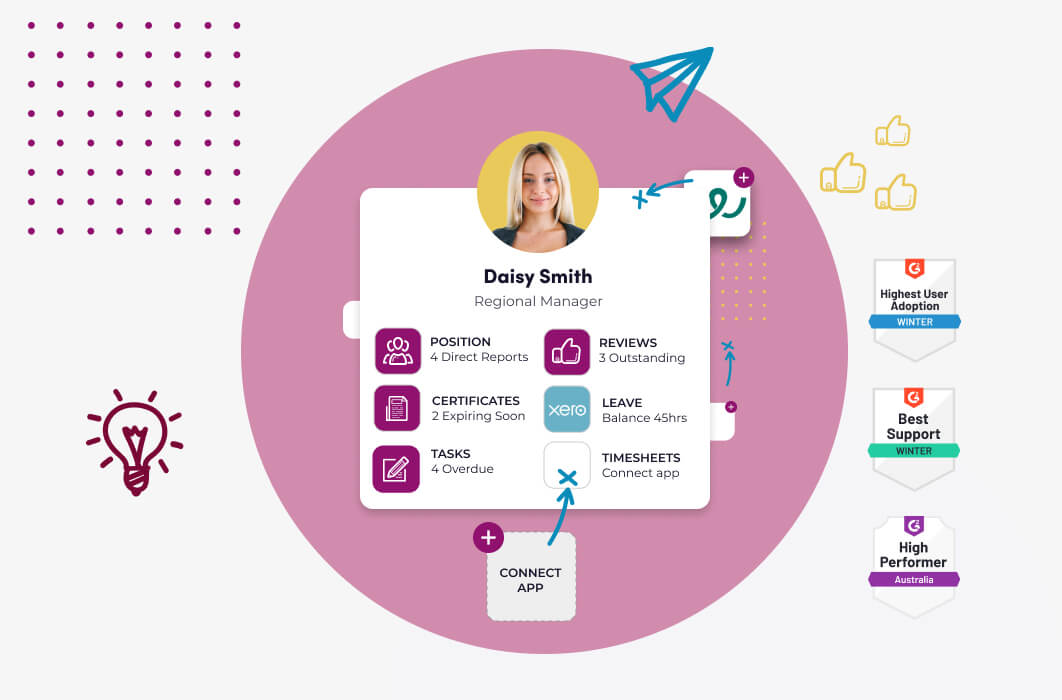In the fast-paced world of human resources (HR), managing and analysing vast amounts of employee data can be a daunting task. However, with the emergence of new tools and technologies like Worknice, HR professionals can now harness the power of structured data to unlock valuable insights and streamline their operations. In this blog post, we highlight the benefits the best HRIS platforms enable in respect to managing and structuring data.
Four benefits of having structured HR data
Streamlining Data Organisation
Gone are the days of sifting through piles of unstructured HR data. The latest tools offer efficient ways to structure and organise employee information. By leveraging predefined schemas and data models, HR departments can now seamlessly categorise data, creating a centralised repository that is easy to navigate and search. These structured data frameworks not only save time but also ensure data consistency and accuracy, enabling HR professionals to make informed decisions with confidence.
Handy tools to help you manage HR data
Editorial: Handy tools for structuring and analysing your HR data
READ NOWEnhanced Data Analysis
With structured HR data in place, HR teams can leverage powerful analysis tools to uncover meaningful insights. Advanced analytics platforms allow for comprehensive employee performance evaluations, identification of skill gaps, and analysis of workforce demographics. By visualising data through interactive dashboards and customisable reports, HR professionals gain a deeper understanding of their workforce, enabling strategic decision-making and targeted interventions to improve employee satisfaction and productivity.
Automation and Operational Efficiency
New tools for HR data structuring and analysis bring automation capabilities that significantly reduce manual effort. Mundane tasks such as data entry, data validation, and report generation can now be automated, freeing up HR personnel to focus on strategic initiatives. This automation not only enhances efficiency but also minimises the risk of errors, ensuring accurate and up-to-date information for HR processes such as payroll, benefits administration, and performance management.
Data-Driven Decision-Making
The integration of structured HR data analysis tools with machine learning and artificial intelligence opens doors to predictive analytics and data-driven decision-making. By leveraging historical data patterns, these tools can forecast future talent needs, identify high-potential employees, and even predict attrition risks. With actionable insights at their fingertips, HR professionals can proactively address workforce challenges, implement effective retention strategies, and align talent management with organisational goals.
How to structure your HR data
The availability of new and modern HR platforms (as opposed to the older ‘all-in-one’ rigid tools) tools for structuring and analysing HR data marks a significant upgrade in technology in the HR industry. By embracing the platform approach, HR departments can streamline data organisation, unlock valuable insights, and optimise decision-making processes. With automation and predictive analytics capabilities, these tools empower HR professionals to make strategic, data-driven decisions that drive employee engagement, enhance productivity, and contribute to overall organisational success. It’s an exciting time for HR, as data becomes an indispensable asset for building stronger, more efficient workforces.
Discover Worknice Today
Talk to us about your plans and discover how Worknice can help you build a great workplace.



